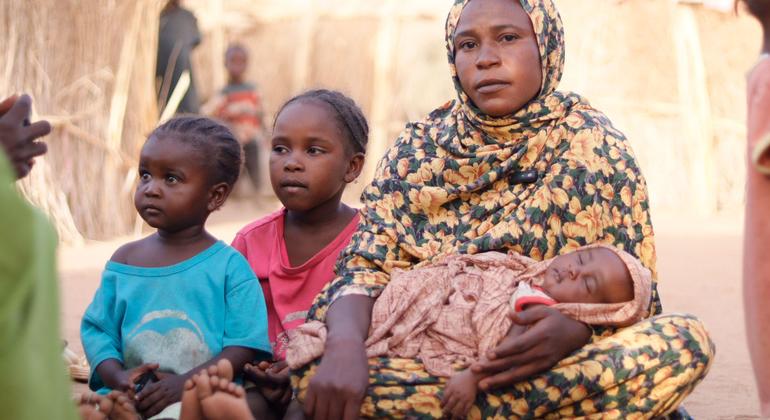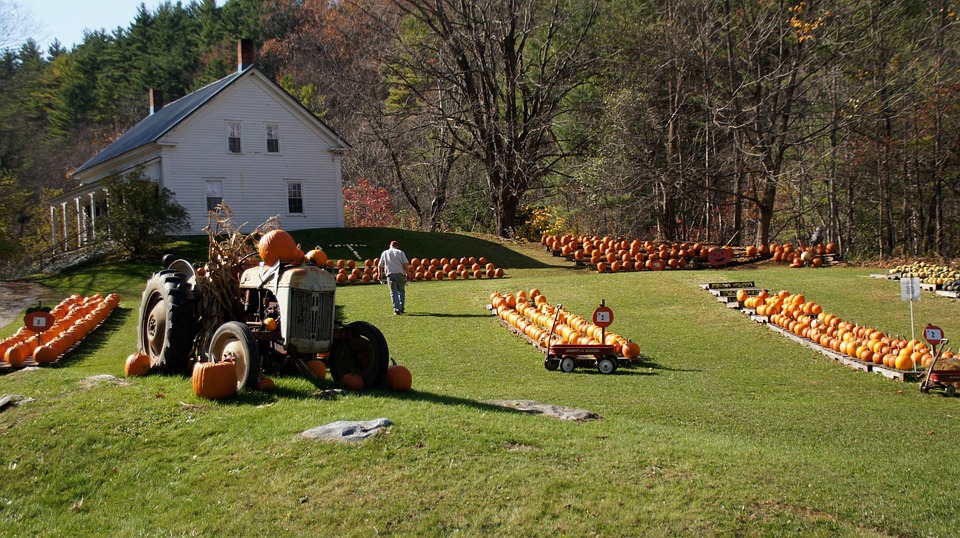Help agencies continue to work tirelessly to reach the hardest affected areas.
The National Disaster Management Authority (NDMA) said that nearly 800 people have died since the end of June – almost three times the toll during the same period last year.
The province of Khyber Pakhtunkhwa was the hardest affected, where sudden floods and landslides swept houses and schools in mountainous districts, cutting villages and entire communities.
Punjab – The most populous province in the country – is also on alert, while rising waters about the Sutlej, Ravi and Chenab rivers threaten downstream communities. The authorities fear that the levels of water upstream and the almost full tanks can trigger new floods in the coming days.
More than 200 children have lost their lives in the floods of Pakistan since June. Behind each issue is the life of a shortened child and a family has mourned.
Crisis made up of overflows of glaciers
In Gilgit-Baltistan, the floods of the Lac Glacier explosion (GLOF) added another layer of devastation-destroying houses, water systems and electrical infrastructure in the distant valleys.
These floods occur when heavy rains or increasing temperatures burst the glacial lakes through natural barriers, suddenly releasing large quantities of water and debris. With little warning, they are often catastrophic.
Experts warn that climate change is accelerating ice cast iron in the Himalayan region – Hindu, increasing the number and size of unstable lakes and increase the risks of such disasters.
More than a million affected
The humanitarian toll is widespread, with more than a million people affected nationally.
Many families take shelter with the host communities rather than in the emergency camps, citing concerns about livestock and schooling. Health workers report overvoltages on malaria, fever and skin infections, stretching fragile health services.
Despite the major efforts carried out by the federal and provincial authorities, supported by the UN and the humanitarian partners, critical gaps remain.
With the Government of Pakistan, UNICEF teams provide tents, covers, drugs, drinking water and hygiene kits to families in need.
Communities have cut
The most acute needs are in remote mountain areas, where landslides block access and residents are faced with worsening of disease, hunger and water shortages, according to at the United Nations Coordination Office, Ochha.
The United Nations Children’s Fund (Unicef) said children are faced with increased risks, damaged schools, rare water and protection needs protection. The agency has sent hygiene kits and contributed to restoring key water supplies.
The World Health Organization (WHO), for its part, is surveillance and disease control operations, in order to contain epidemics.
Originally published at Almouwatin.com








